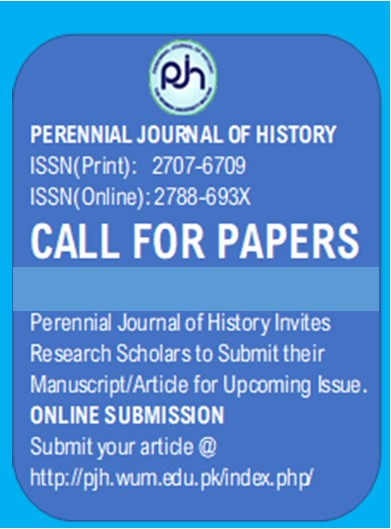Effect of Frequent Testing on Students’ Test Anxiety at University Level
DOI:
https://doi.org/10.52700/pjh.v2i2.69Keywords:
Test, Frequent Testing, Test Anxiety, Scores, University levelAbstract
This study was designed to find out the effect of frequent Testing on students’ test anxiety scores in research method course at university level. The study was expected to predict the worry and emotional factor scores of test anxiety on frequent testing. A quasi-experimental pre-test post-test control group design was used in this study. Two intact groups were selected from department of science education, University of the Punjab, Lahore. The researcher has adopted the test anxiety Inventory by Spielberger (1980) to find out the students’ test anxiety. The reliability was analyzed through the pilot testing of the instrument. The interventional group was manipulated by frequent testing. The control group was assessed by conventional method. Both groups were compared on test anxiety scores. After analyzing the data, it was observed that both groups experience the same test anxiety in regard to worry and emotional factor. Frequent testing did not effect the test anxiety of students in research method course. Stakeholders and evaluators will benefit from the information gathered on how to lessen test anxiety in order to improve the teaching-learning process in classroom. To strengthen the teaching and learning process in classrooms, it is necessary to increase confidence in prospective teachers.
Published
How to Cite
Issue
Section
Copyright (c) 2021 PERENNIAL JOURNAL OF HISTORY

This work is licensed under a Creative Commons Attribution-NonCommercial 4.0 International License.












